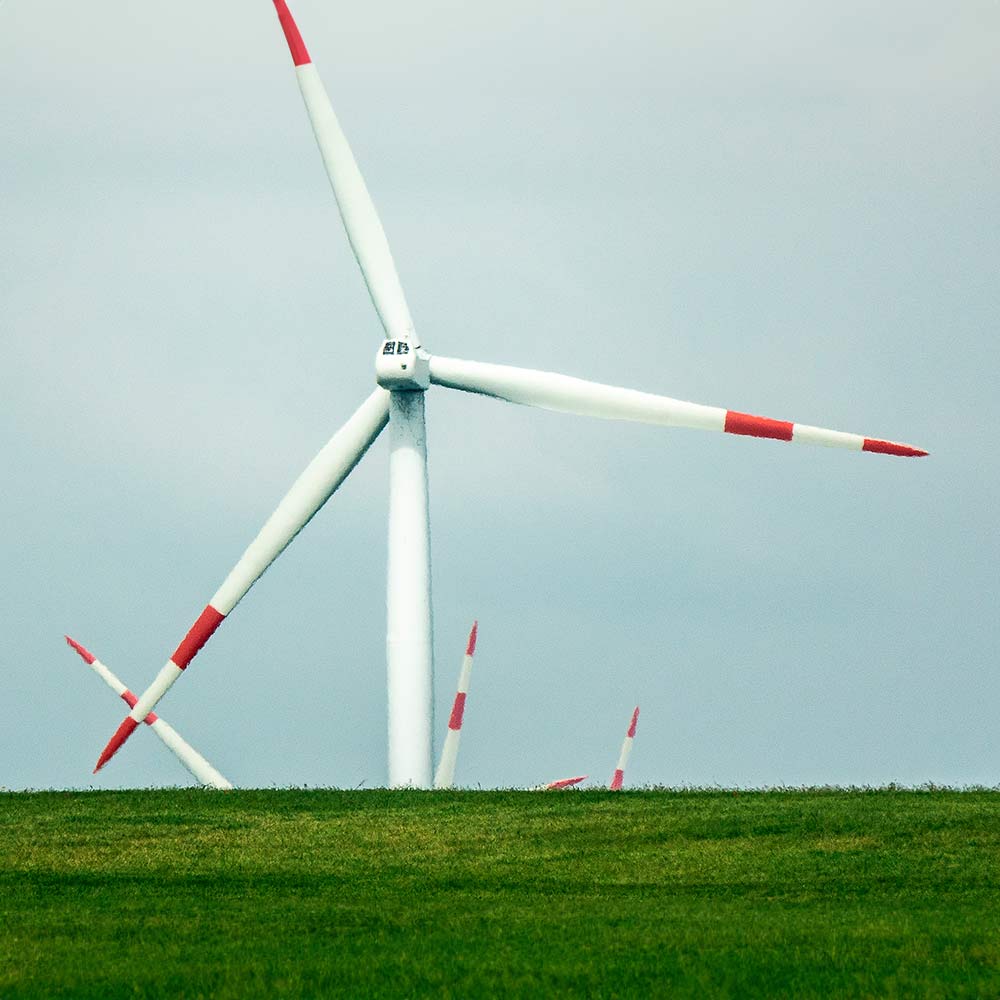Nanotextures solve a historic problem
Nanotexturing that prevents scale forming on the inside of pipes can reduce plant maintenance costs significantly
U.S. researchers have developed a sugar-based resin with comparable strength to conventional resin, making it easier to recycle.
Wind power is already a vital component of our energy supply. As this sector matures, many wind turbines are reaching the end of their operational lives after years of producing clean energy. Others are becoming less efficient and need to be replaced, a process known as repowering. In both scenarios, the wind blades need to be recycled. Now, a new material is emerging to make this task simpler.
What this article covers:
The good news is that more than 90% of wind turbines, including the tower and nacelle, are easily recyclable once they’ve reached the end of their lifespan. After the structure is dismantled, the metal components can be reused. However, the main challenge lies in recycling the wind blades. Built to last for decades, they are made from composite materials, including resin and fiberglass.
At today’s recycling plants, mechanical, thermal, or chemical methods are used to recover the raw materials and give them a second life. This can involve grinding, heating, or using chemicals to process the materials.
Another option the wind industry is exploring is repurposing blades into urban furniture like canopies or even structures like bridges.

A recent initiative aims to make wind blade recycling easier by taking a different approach: replacing traditional resins with a biodegradable alternative. This research, recently published in Science, has resulted in a material called PECAN, which has properties similar to synthetic resins but is derived from biomass.
Scientists at the U.S. National Renewable Energy Laboratory (NREL) have developed this new resin from bio-based sugars, which offers the same strength as the materials used in conventional blades. One concern was whether PECAN would deform and affect the blade’s aerodynamic properties, but tests have confirmed its strength.
Additionally, this resin can undergo a mild chemical treatment that enables it to be recovered and reused indefinitely. In laboratory tests, researchers successfully decomposed a prototype blade in just six hours, promoting circular economy principles in wind energy and integrates recycling considerations into the preliminary design phases.
The team has also conducted tests with nine-meter-long blades, showing promising results regarding the material’s durability. However, it’s still too early to predict how it will hold up under real-world conditions.
And now for some excitiung blade recycling applications.
Do you like what you see? Download the PDF here
Even without biodegradable resin, wind blade materials can be recycled through chemical, thermal, or mechanical separation processes. A striking example of this is the transformation of blades from ACCIONA Energía’s wind farm in Aibar, Navarra, into the soles of a special edition of sneakers by a well-known fashion brand.
In this case, the resin from the blades was crushed and micronized into powder. The powder was then mixed with rubber and molded into soles using thermocompression. You can read more about this fascinating initiative on this page.
Lastly, beyond wind blade recycling, we recently covered a new technique capable of recycling up to 99% of solar panels. To stay up to date with the latest developments in renewable energy, subscribe to our newsletter below.
Source:
All fields are mandatory.
Read the most discussed articles
{{CommentsCount}} Comments
Currently no one has commented on the news.
Be the first to leave a comment.
{{firstLevelComment.Name}}
{{firstLevelComment.DaysAgo}} days ago
{{firstLevelComment.Text}}
Answer{{secondLevelComment.Name}}
{{secondLevelComment.DaysAgo}} days ago
{{secondLevelComment.Text}}